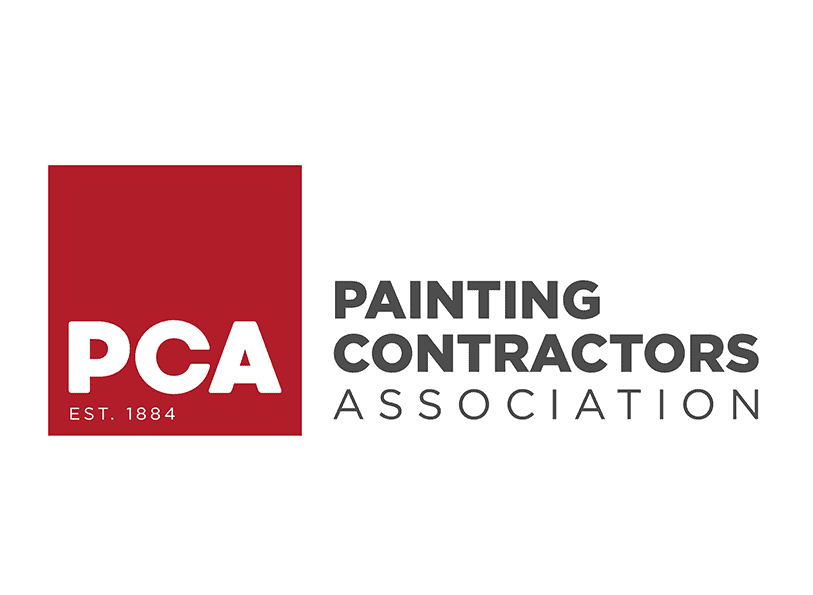31 Aug The Effects of Color – Part 1
Did you know that colors can affect mood or behavior? As Northern Virginia painting contractors, we’ve learned a lot about color over the years, and we’re always happy to offer tips on wall colors as we’re doing in today’s blog post. On a side note, however, we offer all our clients a one-hour color consultation with a professional interior designer – free of charge. But back to those color tips. Here is the first of two posts this month discussing colors. (Keep an eye out for the next post on what questions to ask during a color consultation!)
Color Psychology
While definitive, longitudinal studies are still debating any long-term effects of color, there is plenty of evidence that color does indeed affect mood, perception, and performance/behavior. You can read more about the effects of color here.
Blue
A calming and soothing color associated with the sea. It is one of the most popular colors on the spectrum. Depending on its shade, it can be considered a cool (vs. warm) color. Nevertheless, it’s often used in hospitals, nurseries, and bedrooms. Anecdotal studies seem to find a link between blue and increased productivity – perhaps because it instills a feeling of focus and calm.
Pink
Pink is a tranquil and warm color and has been shown to calm aggression and be soothing. It’s considered a feminine color and wearing it can give off a gentler air than its counterpart red.
Red
Red has been shown to make you hungry! Ever notice how many restaurants are painted red inside? It’s also an energetic color eliciting feelings of strength, power, and even aggression. Red is a common color for that ubiquitous “power tie” paired with suits.
Purple
The color of royalty, purple represents wealth, sophistication, and wisdom. It’s a bold color along the lines of red or orange and some hues of blue or green when it comes to wall color. It is not considered a delicate color by any means! There’s a reason kings and queens have long favored this color!
Yellow
This is a happy and warm color associated with the sun. It represents optimism and has been shown to encourage creativity. Note how it’s a color often associated with schools and school buses.
Orange
A warm, bold color, orange is a good substitute for red. It represents fun, ambition, and depth. It’s associated with the fall season.
Black
If you want a somber, dark color evoking power, then black it is. It is a typical color for business suits for a reason! For wall color, it’s making a resurgence, but should be used with discretion.
Green
The color of money is also considered a calming color. Green is at the center of the color spectrum making it a balancing color. It’s associated with the concept of peace and, of course, the Earth. It’s often used in nurseries and schools in its more subtle hues.
Gray
Gray is reserved, quiet and conservative neutral color. It has a steadying effect on other colors around it helping to create a sense of calm and composure. It’s made a massive resurgence in the last several years as a favorite wall color. You can go dark or light when it comes to a gray wall color.
If you are a Northern Virginia homeowner interested in obtaining an estimate for your next paint job, please contact our office. We help homeowners across the area transform their spaces from dated to updated!
FAQ
1. How does paint color influence the mood and atmosphere of a room?
Paint color has a significant impact on the mood and emotional tone of a space. For example, blues and greens tend to create a calming and relaxing environment, while reds and oranges can add energy and excitement. The psychological effects of color are well-documented and play a crucial role in how comfortable or invigorating a room feels.
2. Can the color of paint affect the perceived size of a room?
Yes, color can visually alter the size and shape of a room. Lighter colors generally make spaces feel larger and more open, which is ideal for small rooms or areas with limited natural light. In contrast, darker colors can make a room feel more intimate and cozy, which works well in larger spaces.
3. What is color theory, and why is it important in home painting?
Color theory is the study of how colors interact and the effects they produce when combined. Understanding color theory helps homeowners and painters select color schemes that evoke the desired emotions and aesthetic. It covers concepts like complementary, analogous, and triadic color schemes, which can be used to create harmony or contrast in a room.
4. Are there specific colors recommended for different areas of the home?
Certain colors are traditionally preferred for specific rooms based on their psychological effects. For example, soft lavender or blue is often used in bedrooms or studies for their calming properties, while vibrant colors like red or yellow are chosen for kitchens or dining areas to stimulate energy and appetite.
5. How can I choose the right paint color for my home’s exterior or interior?
Choosing the right paint color involves considering the home’s setting, natural light, existing décor, and the atmosphere you want to create. For exteriors, earthy tones blend well with natural surroundings, while bold colors can make a house stand out in urban areas. Testing paint samples at different times of day and consulting with a color professional can help ensure the chosen color meets both aesthetic and practical needs.

Mike Katounas is the owner of Home Works Painting, a painting business in Northern Virginia. He has over 15 years of experience in residential interior and exterior painting, drywall installation/repair, carpentry, wallpaper removal, power washing, commercial painting, color consultation, and staining/sealing. Their service areas include Chantilly, Fairfax, Herndon, Oakton, Reston. Mike takes pride in his work, and he always follows a strict code of conduct that includes the use of quality paint, a clean workspace, and an honest, respectful approach to his customers.












Sorry, the comment form is closed at this time.